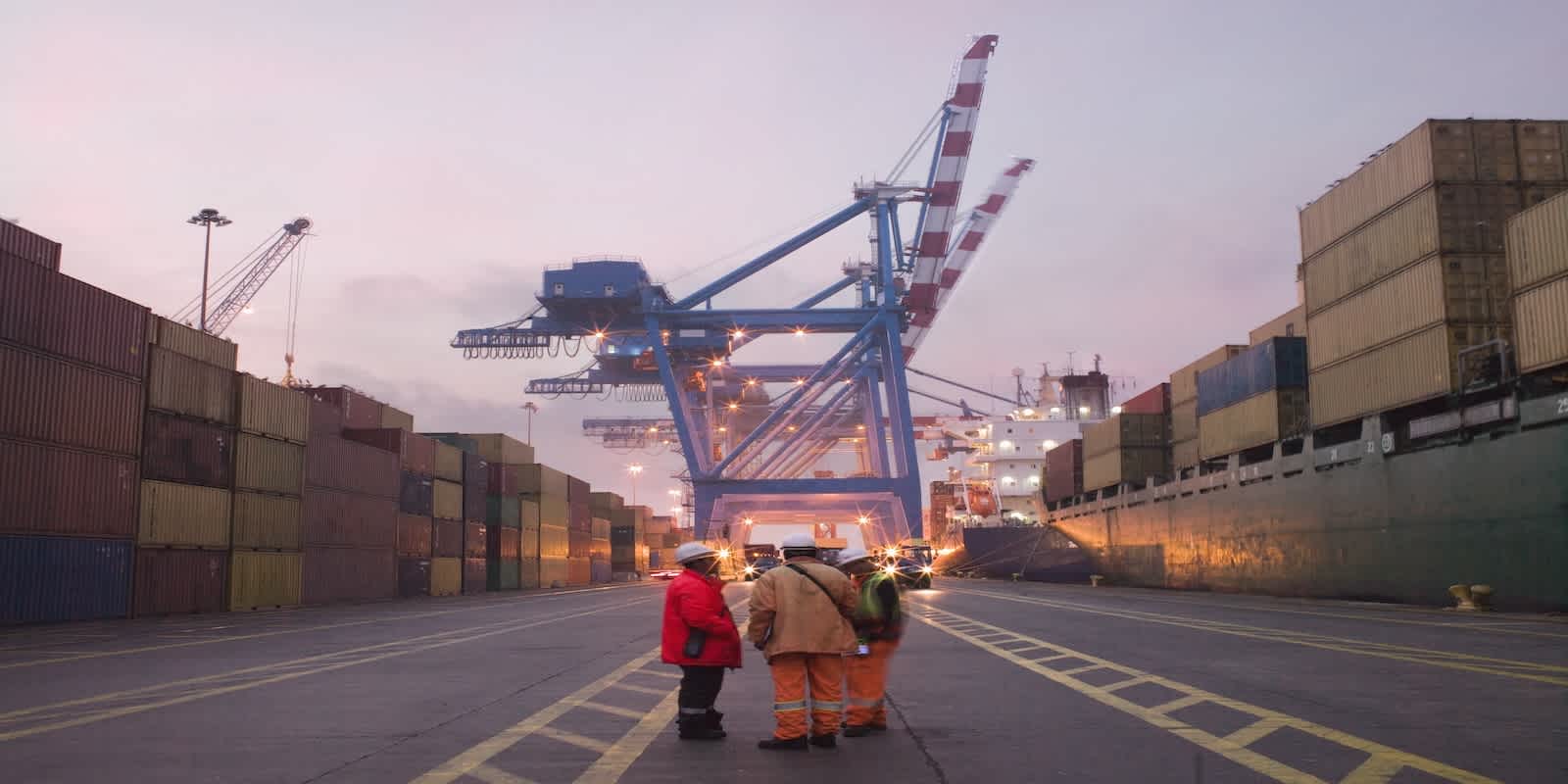
May 4, 2022
A Guide To Split Shipments: Definition, Examples, and How To Reduce Costs
This blog post was originally published by Deliverr, which is now Flexport. The content has been adjusted to fit the Flexport brand voice and tone, but all other information remains unchanged. With the merging of Deliverr’s services (DTC fulfillment, B2B distribution, and Last Mile delivery) into Flexport’s existing international freight and technology services, we’re now able to provide merchants with true end-to-end logistics solutions spanning from the factory floor to the customer’s door.
Have you ever shipped customers’ products from a single order in multiple boxes at different times? This is known as a split shipment. Whether you willingly choose this shipping method or not, it often results in customers asking questions such as:
“Did they leave out the other products I paid for?”
“Are the other items I purchased no longer in stock?”
or even…
“Did I simply dream that I bought those other items?”
Split shipments happen for a multitude of reasons—from inventory being spread across different locations to not having a big enough box to fit all items in the order. This often creates a poor customer experience and can incur significant costs when working with some traditional 3PL providers.
So why does a split shipment occur and how can you take steps to reduce costs when it's your only option? Find out below.
What Is a Split Shipment?
A split shipment, also known as a partial shipment, is when a multi-product order is sent to a customer in separate shipments. The customer receives more than one package often on different days even though they purchased everything together.
Why Does a Split Shipment Occur?
Although splitting shipments is not industry best practice, there are a few reasons why it may be necessary:
Products Are in Different Locations
You should work hard to have your inventory in the same location, but sometimes this just isn’t the case. If a product runs out of stock in one location but not another, you would rather send the product from two different places than send an out-of-stock message. Generally, customers would prefer to get two shipments than none at all.
Items Won’t Fit in a Single Box
In the end, speed is one of the main focus points for many businesses. If an order is too large to fit into a single box, again, it’s better to send in multiple boxes than wait for a larger box to arrive (which would drastically slow down your shipping time).
The Customer Requests Products Be Mailed to Multiple Addresses
This is an easy one because it’s not your fault; If a customer wants to send a Mother’s Day gift to their mom in California and a birthday gift to their friend in Florida from the same website, it’s easier to select two different shipping addresses rather than placing two separate orders.
Why Do Most Businesses Avoid Split Shipments?
Split shipping arguably creates unnecessary stress for your business, your customers, and the environment:
Extra Packaging Waste
Shipping items in multiple boxes means more materials and packaging your business has to pay for. It also means unsustainable business practices, and sustainability is top-of-mind for 60% of consumers’ purchase decisions. When you have to send a split shipment, ensure it’s in eco-friendly packaging and not in a box ten times the size of the product inside.
Poor Customer Experience
Customers expect their items to arrive on time and at the same time. When one item arrives days or even weeks before another, it causes confusion and a poor brand experience. Don’t wait until inventory replenishment day to send a complete order. Instead, ensure you have enough inventory on hand in storage to quickly send downstream.
Unanticipated Shipping Costs
According to a recent study from Baymard, 49% of all customers say an extra, often unanticipated shipping cost is the main reason they abandon shopping carts. This not only causes a loss of sales for your business but could also discourage customers from making repeat purchases in the future. It’s important that you avoid this as much as possible for both your present and long-term success when it comes to online selling.
The Solution To Split Shipping: Inventory Allocation Is Everything
The best way to avoid split shipments is to place inventory closest to customer demand. Flexport uses real-time data to power strategic inventory placement across several U.S. warehouses. Some other ways we minimize split shipments include:
- Re-allocating inventory when necessary at no extra cost
- Taking ownership of all added costs and shipping complexities
How To Avoid Inflated Costs When You Can’t Avoid Split Shipments
Split shipments are unavoidable for some businesses. Just because you have to settle for splitting a shipment doesn’t mean you have to settle for paying a premium to do so.
Not only does Flexport minimize the use of split shipments when possible, but we also provide competitive pricing compared to other traditional 3PL providers. On the occasion that we do have to split an order into partial shipments, Flexport eats the cost and owns the load balancing.
The Flexport pricing model assumes we take the risk on splits and zones. This means you won’t have to worry about any increased prices when partnering with us. Plus, our transparent pricing accounts for Delivery Area Surcharges (DAS), EDAS, and post box fees so you never face any hidden costs.
Are You Looking To Save On Split Shipments or Avoid Them Altogether?
The next time your 3PL provider charges you an unexpected hefty fee for split shipments, consider switching to a partner with transparent pricing. Consider Flexport. Talk to a fulfillment expert today to learn more.
The contents of this blog are made available for informational purposes only and should not be relied upon for any legal, business, or financial decisions. We do not guarantee, represent, or warrant the accuracy or reliability of any of the contents of this blog because they are based on Flexport’s current beliefs, expectations, and assumptions, about which there can be no assurance due to various anticipated and unanticipated events that may occur. This blog has been prepared to the best of Flexport’s knowledge and research; however, the information presented in this blog herein may not reflect the most current regulatory or industry developments. Neither Flexport nor its advisors or affiliates shall be liable for any losses that arise in any way due to the reliance on the contents contained in this blog.



